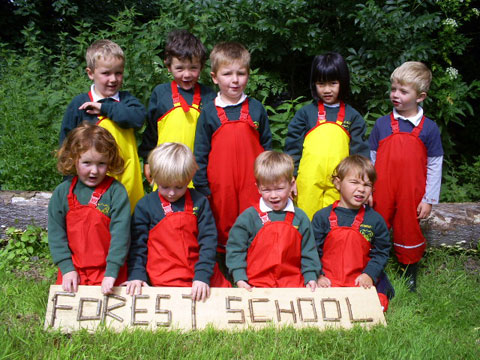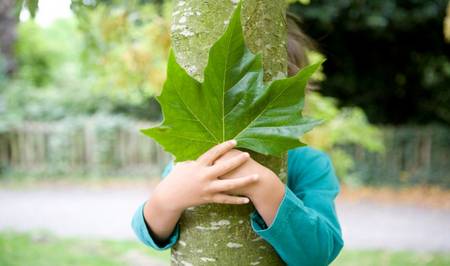I tried of thinking of ways to introduce this blog and thought that simply writing out paragraphs about what a Forest School is something that is expected. Although it is a way to get a message across, it's something that can be done after the very first post. For my first post, I thought I would introduce a video as an introduction to this blog as well as on the subject of Forest Schools. Not only does it provide a picture as to what a Forest School is and looks like, it provides the viewer with important information about the a without having to read a paragraph long explanation.
It is through this blog that I will be discussing the different aspects of Forest Schools such as the background information, different activities that can be introduced, what Forest Schools look like in practice, how to set up a Forest school and as well as the health and safety aspect of a Forest School. Not only am I using this blog to send out information, I have also created a Facebook page as well as a few Pinterest boards that may help others get a better understand of a Forest School and its approach. I have attached the links to both these other sources to the end of this post.
Don't forget to watch the introduction video below!
It is through this blog that I will be discussing the different aspects of Forest Schools such as the background information, different activities that can be introduced, what Forest Schools look like in practice, how to set up a Forest school and as well as the health and safety aspect of a Forest School. Not only am I using this blog to send out information, I have also created a Facebook page as well as a few Pinterest boards that may help others get a better understand of a Forest School and its approach. I have attached the links to both these other sources to the end of this post.
Don't forget to watch the introduction video below!
Here is the video of an Introduction to Forest Schools:
https://www.youtube.com/watch?v=ptkID2k091I
Facebook Page: https://www.facebook.com/forestschoolss
Pinterest Boards:
http://www.pinterest.com/melicribari/forest-school-activities/
http://www.pinterest.com/melicribari/forest-schools-set-up/
http://www.pinterest.com/melicribari/forest-schools-and-training/
http://www.pinterest.com/melicribari/forest-schools-health-safety/
Facebook Page: https://www.facebook.com/forestschoolss
Pinterest Boards:
http://www.pinterest.com/melicribari/forest-school-activities/
http://www.pinterest.com/melicribari/forest-schools-set-up/
http://www.pinterest.com/melicribari/forest-schools-and-training/
http://www.pinterest.com/melicribari/forest-schools-health-safety/







